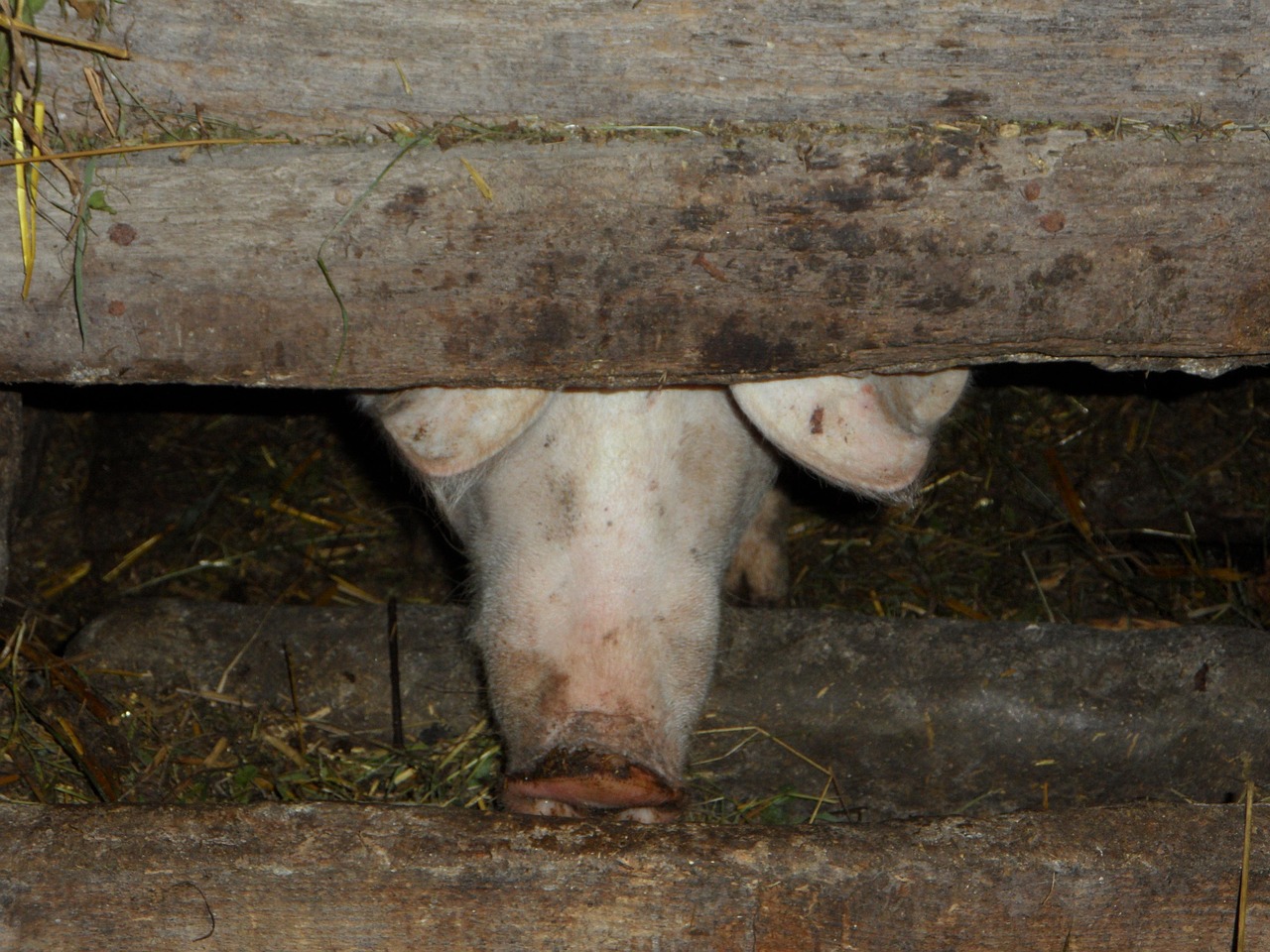
Pig farming in Kenya is growing fast, especially among small-scale farmers. But one major challenge many new farmers face is housing. The good news is, you don’t need to break the bank to build a functional pig shelter. With the right approach and materials, you can build a cheap pigsty in Kenya for less than Ksh 10,000!
At Mkulima Jovial, we help Kenyan farmers make smart, affordable decisions. This guide shows you exactly how to set up a strong, low-cost pigsty—even if you’re just starting with one or two pigs.
Why Proper Pig Housing Matters
Even if you’re on a budget, you must give pigs a safe and clean environment. A well-built pigsty:
-
Protects pigs from sun, rain, and cold
-
Keeps them dry and disease-free
-
Makes feeding and cleaning easier
-
Reduces feed waste and water contamination
That’s why even when building on a tight budget, you should plan carefully and use the best possible local resources.
Materials Needed to Build a Cheap Pigsty in Kenya
To build a cheap pigsty in Kenya under Ksh 10,000, focus on using available and recycled materials. Here’s what you’ll need for a simple 2-pig unit:
| Material | Estimated Cost (KSh) |
|---|---|
| Timber poles (10–15) | 2,500 – 3,000 |
| Off-cut timber (floor/rails) | 2,000 – 2,500 |
| Iron sheet offcuts (roof) | 1,500 – 2,000 |
| Nails and binding wire | 500 – 700 |
| Plastic or metallic trough | 500 – 1,000 |
| Raised blocks or stones (for elevation) | Free – 500 |
| Total Estimated Cost | KSh 8,500 – 9,700 |
✅ Use old doors, pallets, or mabati if available to lower costs further.
Step-by-Step: How to Build a Simple Budget Pigsty
1. Select a Suitable Location
Pick a dry, slightly raised area with access to water and shade. Avoid flood-prone zones.
2. Mark and Level the Space
Mark out a 2m x 2.5m area for one or two pigs. Level the ground using a hoe or spade.
3. Build the Floor
Option 1 (cheapest):
-
Use compacted soil mixed with cow dung to create a hard floor.
-
Slightly slope it to one corner for drainage.
Option 2 (better):
-
Use bricks or stones raised slightly above ground and fill gaps with gravel.
✅ If you can afford it, pour a thin concrete slab later.
4. Construct the Walls
-
Use strong timber poles for corner posts.
-
Nail off-cut timber horizontally to form walls (leave space for ventilation).
-
Wall height: About 1 metre is enough.
✅ Reinforce feeding section with more timber to avoid breakage.
5. Install a Roof
Use off-cut iron sheets or recycled mabati for roofing.
-
Make it sloped to one side for water drainage.
-
Raise the roof at least 1.5m high for ventilation.
✅ Add overhang to protect against rain.
6. Set Up Feeding and Sleeping Areas
Divide the space into two:
-
Sleeping area: Raised wooden floor or dry bedding (dry grass/sawdust)
-
Feeding area: Install a simple trough using an old basin, drum, or timber box
✅ Ensure there’s always access to clean water using a bucket or PVC pipe trough.
Tips to Maintain a Cheap Pigsty
-
Clean daily to prevent diseases
-
Replace bedding weekly
-
Disinfect monthly with lime or mild disinfectant
-
Repair any weak boards or leaking roofing
At Mkulima Jovial, we offer budget-friendly tools like feed troughs, dewormers, pig nipple drinkers, and starter kits to help pig farmers succeed—even on a low budget.
Final Thoughts
You don’t need Ksh 50,000 to begin pig farming. With a simple plan and local resources, you can build a cheap pigsty in Kenya for under Ksh 10,000 and get your agribusiness off the ground. As your farm grows, you can upgrade slowly and invest in better structures.
Whether you’re in a rural village or peri-urban town, Mkulima Jovial is here to support you with affordable farming solutions for pigs, poultry, dairy, and more.
